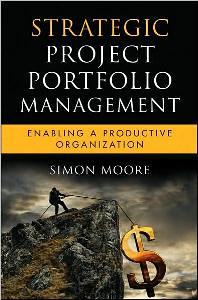Netflix, the US movie subscription service posted this deck on Slideshare, which describes its creative approach to culture, people, process and incentives.
1. Inspire with context setting, rather than managing details
“If you want to build a ship, don’t drum up the people to gather the wood, divide the work and give orders. Instead, teach them to yearn for the endless sea.”
Antoine De St-Exupery
2. Culture is not rules, but behaviors
Enron had an impressive list of values, but evidently didn’t practice them. Culture is not about what behavior gets talked about, but gets rewarded.
3. The best can be 2-10x as productive as the rest
In processes, the best people can be 2x as productive, in creative roles, the best can be 10x as good as the average person. Work hard to recruit and keep the best people on your projects, because they are disproportionately effective contributors.
4. Hard work doesn’t matter
It’s about results, working long hours isn’t relevant as long as results are achieved.
5. Too much process is counter-productive, encourage freedom.
Process will tend to frustrate high performers and drive them out. Maintaining process will often take more time/effort in creative industries than the cost of fixing a mistake. The goal therefore is rapid recovery, not perfect process. For example, spending under a fixed budget each quarter (high degree of freedom) is a better process than fixed approval for every $5k of expenditure (high degree of process).
Netflix also has no vacation policy, employees chose how to manage their vacation in a way that sense for them as long as they get their goals accomplished.
It’s an interesting model, they admit it’s not suited for nuclear power plants or open heart surgery where a checklist might be a better approach, but for a creative project, Netflix offers some interesting ideas to consider.





